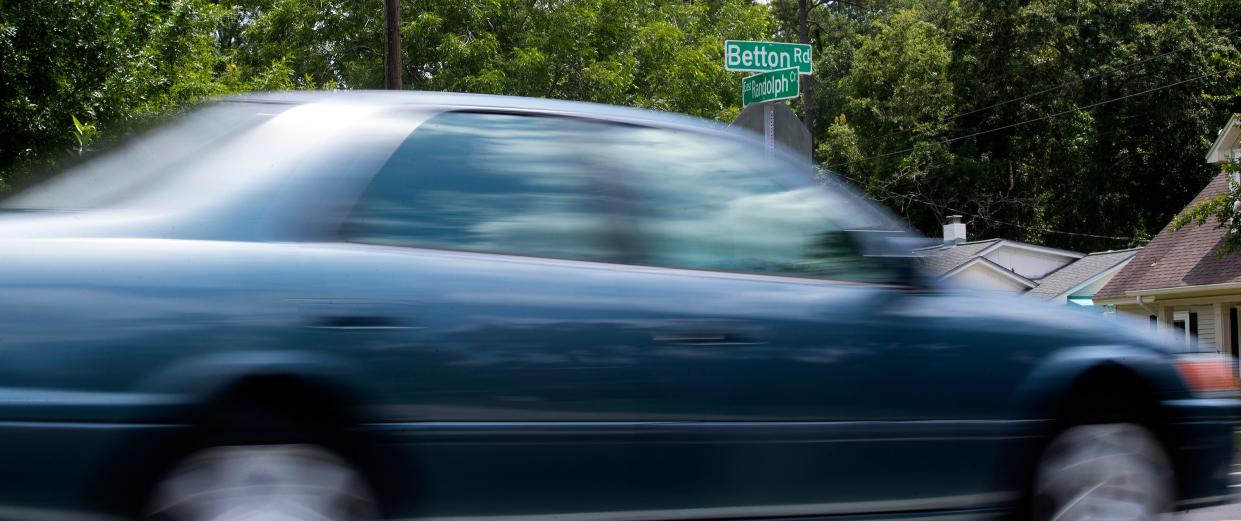Find your frugal: Check tire pressure and other ways to save on auto expenses

In this item in the “Find Your Frugal” series, a UF/IFAS Extension agent who specializes in community resource development shares five tips for minimizing auto expenses.
Gas prices are rising, but just owning a car can put a dent in your budget.
“Preplanning is the key,” said Carol Roberts, one of several UF/IFAS Extension agents throughout the state specializing in community resource development. “There are plenty of cost-saving measures you can adopt now that will save you money over time such as condensing errand runs into a single trip and planning routes that result in the shortest distance using the least amount of fuel.”
Grocery tips: Find your frugal sweet spot: Five money-saving tips for grocery shoppers
Diet for life: Eating smarter, living longer: Diet can boost health, longevity | Mahoney
Hurricane supplies: Find your frugal: Six tips to save on hurricane preparedness expenses
Here, Roberts adds her top five strategies to save on auto expenses.
1. Spend a little on maintenance, save a lot on repairs
It is tempting to delay an oil change or new tires when money is tight but keeping your vehicle rolling along safely is money well spent. Make a spending plan and include a little money each month for auto maintenance. If your car is still under warranty, keep up with scheduled maintenance to avoid voiding that warranty.
2. Keep tires properly inflated
Underinflated tires can reduce your fuel economy.
Most newer cars come with a feature that displays your tire pressures and even notifies you when one or more tires are underinflated. If you don’t know what your tire pressure should be, consult the owner’s manual for the recommended tire pressure.
You can also check the sticker located on the driver’s side door jamb. You can usually check your tire pressure and fill your tires at a service or gas station. A tire pressure gauge is necessary and while most service and gas stations have the gauge already equipped in the air pressure hoses, tire pressure gauges are available in stores that contain auto parts.
Look for instructions on how to inflate your tires properly and safely either at the service station or ask an attendant for assistance. Proper tire pressure can make up to 3% difference in your gas mileage, which adds up over time.
3. Don’t put the pedal to the metal
Speeding, short braking and stop-and-go driving waste gas. Punching the pedal to pass on the highway can lower your gas mileage, too. Although each car model has a different range of speed where fuel economy is peak, speeds over 50 miles per hour are, for the most part, less efficient.
According to fueleconomy.gov, drivers can assume that “each 5 mph over 50 mph is like paying an additional $0.31 per gallon for gas.” Set the cruise control when possible. So slow down, ease up and be safe while you’re saving money on gas.
4. Think about what you’re hauling and how much it weighs
Many times, we carry unnecessary items in our vehicles, and that extra weight costs money. This affects smaller vehicles more than larger ones but could reduce your fuel economy by about 1%. Plus, avoid the temptation to use a cargo box attached to the vehicle’s roof.
These roof top boxes can impact your miles per gallon by as much as 8% at in-town speeds and as much as 25% at interstate speeds. If you must haul it somehow, consider a rear-mount cargo box (reduces mpg by 2%-8% instead) or remove it when not in use.
5. Don’t crank the A/C
Running the A/C can reduce fuel economy by more than 25%, depending on a range of factors. But there are things we can do to keep comfortable in the heat while protecting our fuel economy. Use your windows and A/C strategically.
Roll your windows down to release hot air from the cabin as you are starting out, or when driving at lower speeds. Windows should be up at highway speeds to reduce aerodynamic drag.
Set the cabin temperature at a cool but not cold setting. Speaking of cabin temperature, help reduce that by using window shades, tinting or finding those coveted parking spots in the shade.
Find these and more information on fuel economy, including information on alternative fuel vehicles, at fueleconomy.gov. There is even a tool to help you find the most economic vehicle for your driving needs.
Never miss a story: Subscribe to the Tallahassee Democrat using the link at the top of the page.
This article originally appeared on Tallahassee Democrat: Find your frugal: Five ways to save on auto expenses

